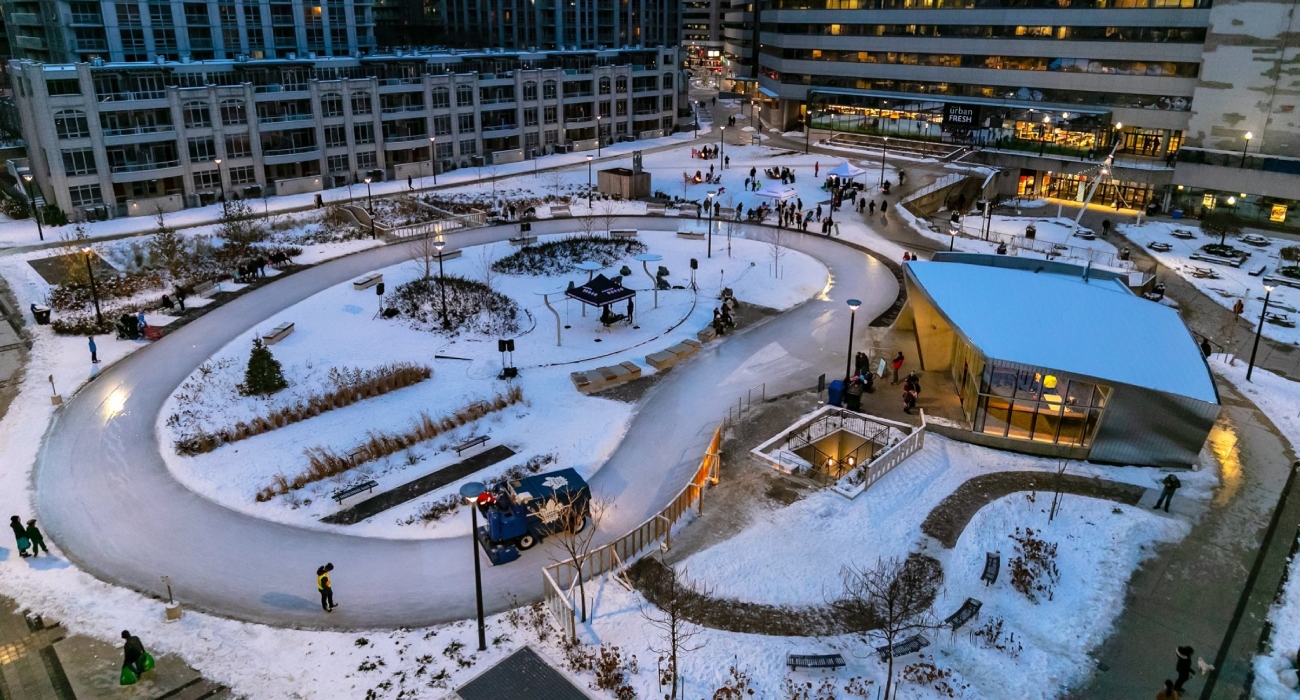They are supposed to.
I'm going to guess they felt they had to check off another box 'informal play space'. The City (Parks) is currently very big into 'informal/unstructured' lawn, which they claim is for kids to play tag or throw a frisbee or such.
But this is often applied to spaces that are far too small and parks that are too over subscribed for it to work. I can't speak to the process on this particular park; I'm just describing a current, common, phenomenon.
This is one example, among many, of why I champion fewer, but larger new/expanded parks vs a multitude of small ones, as there is a tendency to want to jam as much as you can into each space.
Small parks are fine, taken as what they are, a landscaped path, or public square where people can take a brief rest, enjoy their lunch outside, view a bird or two, or some pretty flowers.
But when you try to shoe-horn in play equipment, a space for dogs, a space for tag, plus something for nature, and a symbolic overturn to the First Nations and some public art etc etc.... It just doesn't work out very often.
Kids do need places to run around, adults need places to play sports, and you're not fitting that in here, beyond the small skate trail.
The strategic opportunities near here, are adding 1 acre+ to the Orde Street Park, and the same to James Canning Gardens. Both are about 800M away.
Truly large facilities will have to be further still.



